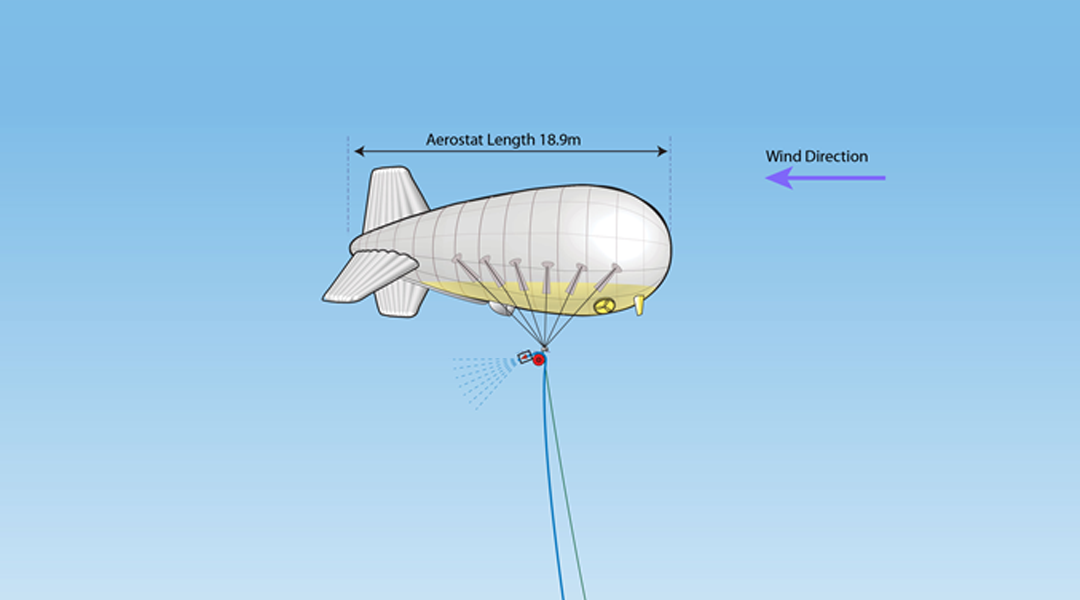It is likely that addressing the adverse climate effects of human-generated greenhouse gas (GHG) emissions will require a multi-faceted response. In addition to reducing GHG emissions, adapting to climate instability, and removing GHGs from the atmosphere, solar geoengineering has been proposed as a controversial but potentially important element of this response. Solar geoengineering seeks to compensate for GHG-induced global warming by increasing the earth’s reflection of incoming solar radiation and thereby cooling the earth’s surface. Promising solar geoengineering technologies include the placement of reflective aerosols into the stratosphere, as occurs naturally during volcanic eruptions, and brightening clouds over large water bodies to increase their reflectivity.
Given the uncertain and international effects of geoengineering measures, the governance of geoengineering research, development, and potential uses pose difficult challenges. For example, who decides whether, and where, solar geoengineering should be implemented, or even researched? These issues are complicated by the fact that some proposed methods appear to be so inexpensive that single countries, or even rogue actors, could undertake these measures. And could solar geoengineering be researched and developed without undermining efforts to reduce GHG emissions?

A proposed 2011 test of Stratospheric Particle Injection for Climate Engineering (SPICE) was canceled due to patent concerns. Image: Hughhunt, CC BY 2.5 via Wikimedia Commons
One important area of solar geoengineering governance is whether and how best to regulate commercial actors. On one hand, the motivation to profit spurs innovation. On the other hand, vested interests should not unduly influence how humanity pursues such an important endeavor. Policies regarding patents and other forms of intellectual property (IP) are among the most important ways that commercial actors’ innovative activities are regulated. Even without coordinated international action to address solar geoengineering, policies relating to data management and IP can shape the behavior of private researchers and commercial firms seeking to develop solar geoengineering technologies. Without careful governance, it is possible that private firms could acquire IP and data rights that might impose barriers to the widespread development, deployment or use of solar geoengineering technologies at a reasonable cost. Yet there has been little careful consideration to date of the possible roles and interrelationships between geoengineering and IP policy. Despite current low levels of commercial activity and IP acquisition in this domain, we expect that both will grow as research and development of solar geoengineering technologies and methods proceeds.
Currently, there appears to be a high degree of data sharing and relatively little commercial activity or IP acquisition in the largely academic solar geoengineering research community. This situation presents a ripe opportunity to develop innovative IP policy approaches specific to solar geoengineering.
In their review published in WIREs Climate Change, Reynolds, Contreras, and Sarnoff specifically propose the creation of a voluntary “research commons” for solar geoengineering data and a pledge community for patents that may help to avoid future monopolization of this critical research area.
Similar commons approaches have been adopted in other emerging technological areas such as open source code software development and synthetic biology. The proposed solar geoengineering commons would both facilitate information sharing and limit data fragmentation and secrecy. Access to the commons would also provide an incentive for members to limit some forms of IP enforcement and to assure access on reasonable terms. These measures could help to reduce downstream barriers to innovation and to encourage the development of solar geoengineering technologies at a reasonable cost. We also hope that such a research commons would catalyze the adoption of best practices in solar geoengineering research and development.
Kindly contributed by Jesse L. Reynolds, Jorge L. Contreras, and Joshua D. Sarnoff.

















